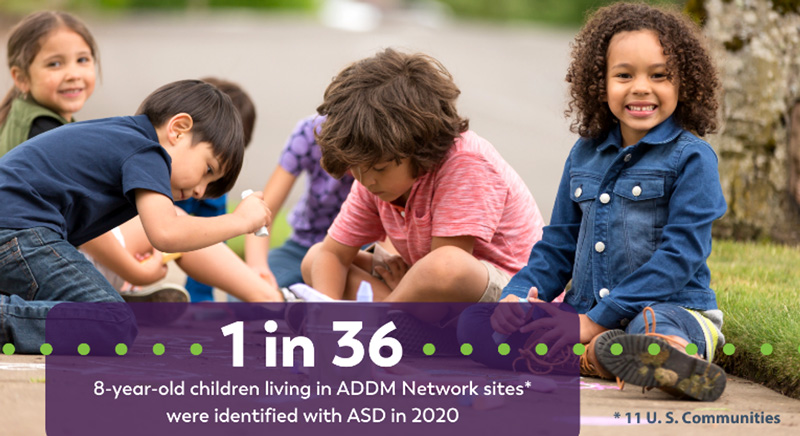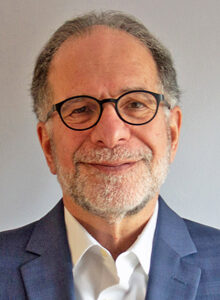Despite clear alternatives, some prominent voices in the autism world, whom I wrote about in November, are continuing to push for a new category which they are calling “Profound Autism.” They are completely ignoring Autistic voices. The Autism Self Advocacy Network (ASAN), “has continually opposed attempts to split autism into multiple diagnoses. These attempts will not improve services for autistic people and are largely based on the desire to segregate autistic people with the most significant cognitive disabilities and support needs.” The Autism Science Foundation is funding research to support this change. This also seems to be supported by the April 2023 Centers for Disease Control report that 27% of people diagnosed with autism meet the criteria for “profound autism.”

Since I wrote my blog on the topic in November 2022, I’ve been astounded that so many professional colleagues, including researchers, seemed unaware that a new label is unnecessary and counterproductive. For better or worse, the DSM, Diagnostic and Statistical Manual, already has 3 labels to describe functioning and support levels for Autism: Level 1: Requiring support, Level 2: Requiring substantial support, and Level 3: Requiring very substantial support. My 44-year-old son, Tariq, is non-speaking and significantly challenged intellectually. So, I write from my lived experience as well as my profession as a psychologist.
The label of “Profound Autism” does not add to understanding the complex support needs of the heterogeneous group of individuals with both Autism and intellectual disabilities. All functioning labels, including “severe autism” and “high functioning autism” actually harm people. Self-advocates and parents such as Shannon Des Roches Rosa explain with great clarity the view that Profound Autism is segregation not progress.
So, what’s the alternative to labels? What parents need at the time of diagnosis and through their child’s development is clear guidance on which interventions and strategies can best serve their autistic child as an individual to have the best possible quality of life in community. This has been lost in the publicity around the Lancet Commission report, which actually discussed the public health crisis in meeting the needs of autistic people. It called for “dramatic action over the next five years to bring desperately needed supports and services to autistic children and adults and their families worldwide based upon their individual differences, strengths, and needs.” It also mentioned that most autism research to date has been on white males.
Females and People of color have never been adequately included in research samples. Now there is a real opportunity to change that. A new report from the CDC shows autism prevalence in the United States is continuing to rise, now at 1 to 36, as race and sex gaps contract. Non-white children have been identified as autistic at slightly higher rates than white children for the first time. This is good news that early screening and identification have helped narrow racial disparities in the early identification of autism. Closing the gap on access to services is the next imposing challenge. As opposed to focusing on labels, researchers can focus on how autism shows up differently in females and Black, Hispanic, and Asian or Pacific Islander children. As of yet, Indigenous children have not been included. These differences will inform clinicians, schools and parents on which interventions and services will be most effective for given individuals. Even in the United States, it is well documented that funding varies considerably according to the local school districts which significantly disadvantage children and families by race and class.
The humanistic concept of neurodiversity has shown great promise in uniting people from all walks of life across race, class, ability, diagnosis, etc. Having spoken to conferences around the country and internationally, I am not routinely meeting parents or self-advocates who are asking or suggesting a new category. The main questions I hear are “How do I help my child?” or “How do I get help for myself?” Like many other groups pushing for change and social movements, the autism community has had numerous splits and factions. We don’t need more of that. I do meet some parent advocates who feel left behind as the stereotype of autism in the mainstream media has shifted from the non-speaking to the self-advocates. Major autism conferences tend to feature keynote speakers who represent one end of the autism spectrum. I would counter that many self-advocates that I am acquainted with advocate clearly for the entire spectrum. They speak as strongly for themselves as they do for those who are unable to speak. According to two prominent self-advocates, John Elder Robison and Dena Gassner, There is no epidemic of autism. It’s an epidemic of need.
We need to unite as a diverse, heterogeneous Autism Community of Autistic people, parents, professionals, and researchers. Let’s go forward by focusing on every autistic person’s human right to access individualized, person-centered services that identify specific needs and personalized supports in their communities.
Robert Naseef, PhD, is a clinical psychologist, author, and parent of an adult son with autism. He is the co-facilitator of a fathers’ support group at the A J Drexel Autism Clinic. He serves on numerous boards. His social media links can be found at https://linktr.ee/RNaseef.
This article has been reprinted with permission. You may view the original article, published on August 20, 2023, at https://drrobertnaseef.wordpress.com/2023/08/20/dont-divide-the-autism-spectrum-unite-the-whole-community.





